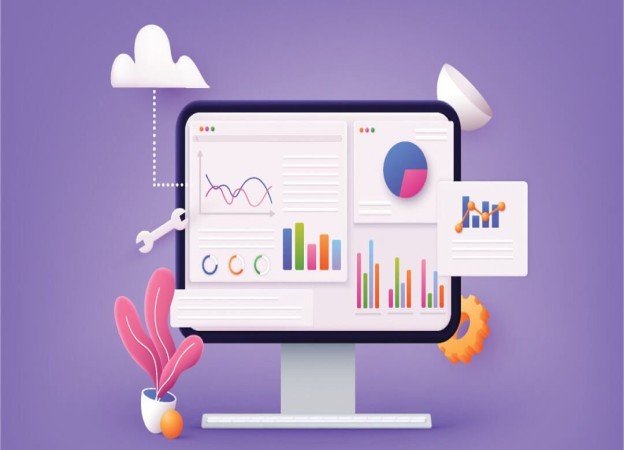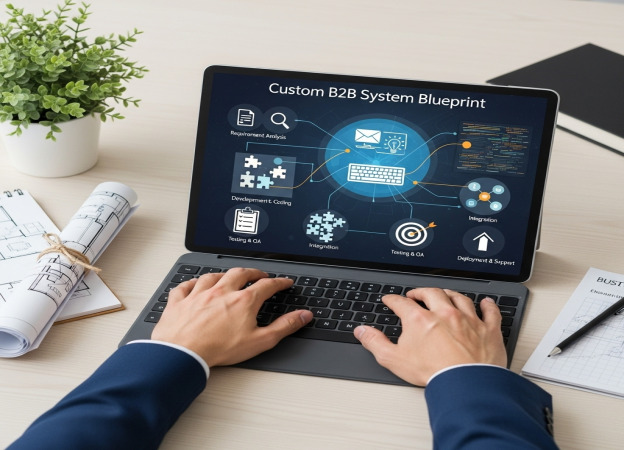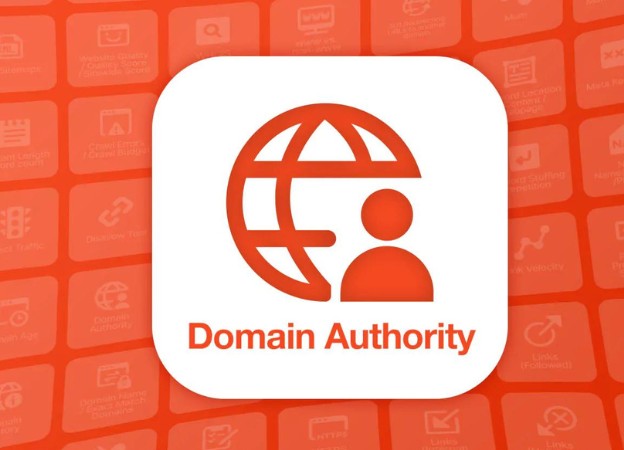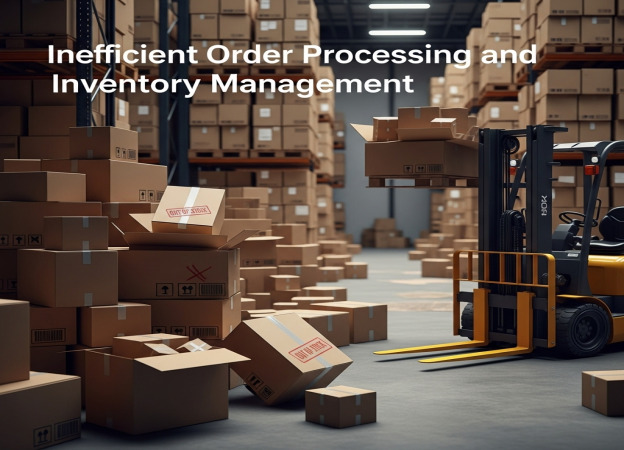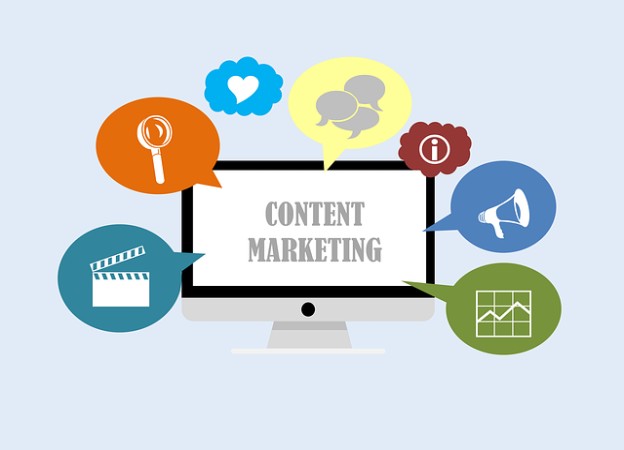Essential B2B System Features for High Performance
In today's competitive business landscape, a high-performing B2B system is no longer a luxury but a necessity. It's the backbone of efficient operations, streamlined processes, and ultimately, business growth. A well-designed system caters specifically to the unique needs of business-to-business interactions, moving beyond generic solutions to address the complexities of wholesale, distribution, and manufacturing. This article delves into the essential B2B system features that define a successful platform, ensuring optimal performance and efficiency.
Defining a High-Performing B2B System
A high-performing B2B system is more than just a collection of software tools. It's a cohesive ecosystem designed to automate and optimize business processes, facilitate seamless communication, and provide valuable insights into business performance. It is tailored to the specific needs of your business, connecting you with customers, suppliers, and partners. It's a system that scales with your growth, adapting to evolving market demands and technological advancements.
Crucially, it involves deep B2B business process automation capabilities, going beyond simple task management to incorporate intricate workflows and decision-making processes.
To achieve this, a custom B2B system must incorporate several key features. These features work in synergy to create a robust and efficient platform that supports all aspects of your B2B operations.
Feature 1: Customer Relationship Management (CRM)
Effective B2B customer relationship management is the cornerstone of any successful B2B system. A robust CRM module provides a 360-degree view of your customers, enabling you to:
- Manage customer interactions: Track all communications, including emails, phone calls, and meetings, in a central location.
- Segment customers: Group customers based on industry, size, purchase history, and other relevant criteria.
- Personalize marketing efforts: Create targeted marketing campaigns that resonate with specific customer segments.
- Automate sales processes: Streamline the sales process from lead generation to deal closure.
- Improve customer service: Provide prompt and efficient customer support through various channels.
A well-integrated CRM system eliminates data silos, ensuring that all customer-related information is readily accessible to authorized personnel. This fosters better collaboration, improves customer satisfaction, and ultimately drives revenue growth.
Integration with other B2B platform functionality is paramount, allowing seamless data flow between CRM and other modules like order management and accounting.
Feature 2: Order Management
A streamlined order management system is crucial for processing orders efficiently and accurately. Key functionalities include:
- Order entry: Allow customers to place orders online or through sales representatives.
- Order tracking: Provide real-time order status updates to customers.
- Order fulfillment: Automate the order fulfillment process, from picking and packing to shipping and delivery.
- Order invoicing: Generate accurate invoices and process payments quickly.
- Return management: Handle returns and refunds efficiently.
An efficient order management system reduces errors, speeds up order processing, and improves customer satisfaction. It should integrate seamlessly with inventory management and accounting systems to ensure accurate inventory levels and financial reporting.
Feature 3: Inventory Management
Effective inventory management is essential for minimizing costs and maximizing profitability. A robust inventory management module provides real-time visibility into inventory levels, allowing you to:
- Track inventory levels: Monitor inventory levels across multiple locations.
- Manage inventory replenishment: Automate the replenishment process based on demand forecasts and safety stock levels.
- Optimize inventory allocation: Allocate inventory to the right locations at the right time.
- Reduce inventory obsolescence: Minimize the risk of inventory obsolescence by implementing effective inventory control measures.
- Improve inventory accuracy: Reduce errors and discrepancies in inventory records.
Integrating inventory management with order management and supply chain management enables better coordination and reduces the risk of stockouts or overstocking. Real-time data is key to making informed decisions.
Feature 4: Supply Chain Management
A comprehensive supply chain management (SCM) module streamlines the flow of goods and information from suppliers to customers. Key functionalities include:
- Supplier management: Manage supplier relationships, track supplier performance, and negotiate favorable terms.
- Demand forecasting: Forecast demand accurately to optimize inventory levels and production schedules.
- Production planning: Plan production schedules based on demand forecasts and available resources.
- Logistics management: Manage transportation, warehousing, and distribution activities.
- Collaboration tools: Facilitate communication and collaboration between all parties in the supply chain.
An efficient SCM module reduces costs, improves efficiency, and enhances responsiveness to changing market demands. Real-time visibility into the entire supply chain is crucial for identifying and mitigating potential disruptions.
Feature 5: Accounting and Finance
An integrated accounting and finance module provides accurate and timely financial information, enabling you to:
- Manage accounts payable: Track invoices and process payments to suppliers.
- Manage accounts receivable: Track invoices and collect payments from customers.
- Manage general ledger: Maintain a complete and accurate record of all financial transactions.
- Generate financial reports: Produce accurate and timely financial reports, such as income statements, balance sheets, and cash flow statements.
- Manage budgeting and forecasting: Develop budgets and forecasts to guide business decisions.
Integration with other modules, such as order management and inventory management, ensures accurate financial reporting and streamlines financial processes. Compliance with relevant accounting standards is also critical.
Feature 6: Reporting and Analytics
Robust B2B data analytics capabilities are essential for gaining insights into business performance and making data-driven decisions. A comprehensive reporting and analytics module provides:
- Real-time dashboards: Visualize key performance indicators (KPIs) and track progress towards business goals.
- Customizable reports: Create custom reports to analyze specific areas of the business.
- Data mining tools: Identify trends and patterns in data to uncover hidden opportunities.
- Predictive analytics: Use data to predict future outcomes and make proactive decisions.
Effective reporting and analytics empower you to identify areas for improvement, optimize business processes, and make informed decisions that drive growth.
The B2B software requirements should always include detailed reporting capabilities, aligned with your strategic goals.
Feature 7: Secure Data Storage and Access
Security is paramount when dealing with sensitive B2B data. A high-performing B2B system must provide:
- Secure data storage: Protect data from unauthorized access and cyber threats.
- Role-based access control: Control access to data based on user roles and responsibilities.
- Data encryption: Encrypt data both in transit and at rest to protect it from unauthorized access.
- Regular security audits: Conduct regular security audits to identify and address potential vulnerabilities.
- Compliance with data privacy regulations: Ensure compliance with relevant data privacy regulations, such as GDPR and CCPA.
Investing in robust security measures protects your business from data breaches, reputational damage, and financial losses.
Conclusion: Building a B2B System for Success
Building a high-performing custom B2B system requires careful planning and execution. By incorporating the essential features outlined in this article, you can create a platform that streamlines operations, enhances customer relationships, and drives business growth. Remember to prioritize security, scalability, and integration when selecting and implementing B2B system features. By focusing on these key elements, you can build a B2B system that empowers your business to thrive in today's competitive market.
Code Smart Web
At CodeSmartWeb.co.uk, we design and develop powerful, scalable systems built on the Laravel PHP framework, tailored to your brand and growth goals. From interface to infrastructure, we handle the full software lifecycle—from UI design to DevOps deployment—delivering secure, performant platforms that convert.

